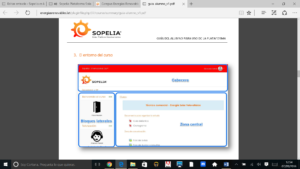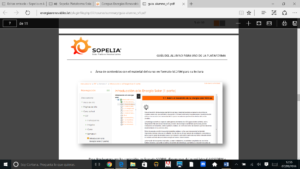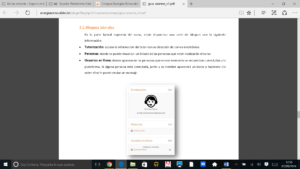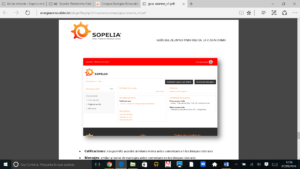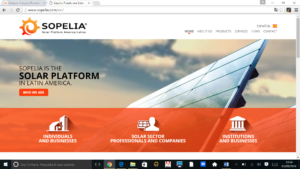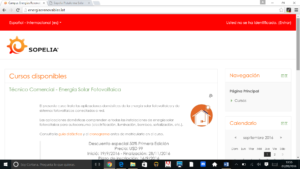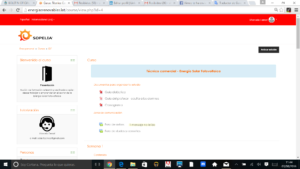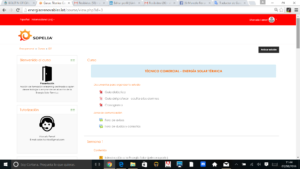In most of the Ecuadorian territory, for domestic hot water applications, the type of collector recommended is the flat collector.
The solar radiation levels and atmospheric conditions allow this type of collector to provide optimal yields and to minimize installation overheating risk.
Only in mountain areas, where environmental conditions are more stringent, it is advisable to use vacuum evacuated tube, U-pipe or heat pipe collectors.

The country has atlas of solar and wind resources developed by CONELEC and MEER respectively. However both are based on satellite images, they have not been validated with field measurements and its resolution is not good.
Following this the INER developed a project that involved the installation of 17 weather stations in Cuenca canton and 10 weather stations in Chimborazo province, in addition to the placement of sensors for repowering existing meteorological stations in Chimborazo province.
With the data obtained methods of estimating solar radiation were applied to complete historical data series. So far preliminary solar resources maps have been drawn.
This project seeks to validate information about solar resource in the country and the proper use of the sun as energy supply resource.
An Alliance for Energy and Environment in the Andean region with the Inter-American Institute for Cooperation on Agriculture Program led hot solar water to Ecuadorian Páramo region.
The Ecuadorian Páramo includes the communities of Cotopaxi, Chimborazo and Bolivar, located more than 3,800 m above sea level.
The project initially focused on solar hot water use in schools and community centers and then extended to all the inhabitants.
Training workshops related to installation, use and maintenance of solar thermal systems were performed by the Fondo Ecuatoriano Populorum Progressio (FEPP).
Program also sought to generate money income for participants from installation, repair and maintenance of equipment. It was possible to train 54 people, including 19 women.
44 systems were installed in 42 schools, directly benefiting 2,186 boys and 2,206 girls, plus an old people center attended by 32 people. In a community agroindustrial plant where medicinal plants are processed consumption of liquefied petroleum gas (LPG) could be reduced.

In another initiative, MEER and MIDUVI delivered solar collectors to population.
Nationally are 2,632 households beneficiary with the installation of these collectors granted to fund housing bond through the MIDUVI.
The delivery was made after a family’s selection process with suitable houses for solar collector’s installation, which had to have water connection and roof slab.
If there is no solar radiation to cover the water tank demand, there is an auxiliary system based on electricity.
The solar thermal collectors cost is still very high in Ecuador compared to fossil fuels operating systems.
Given country radiation levels, besides these isolated initiatives would be wise to develop policies for solar thermal systems mass use.
Solar energy with Sopelia.



